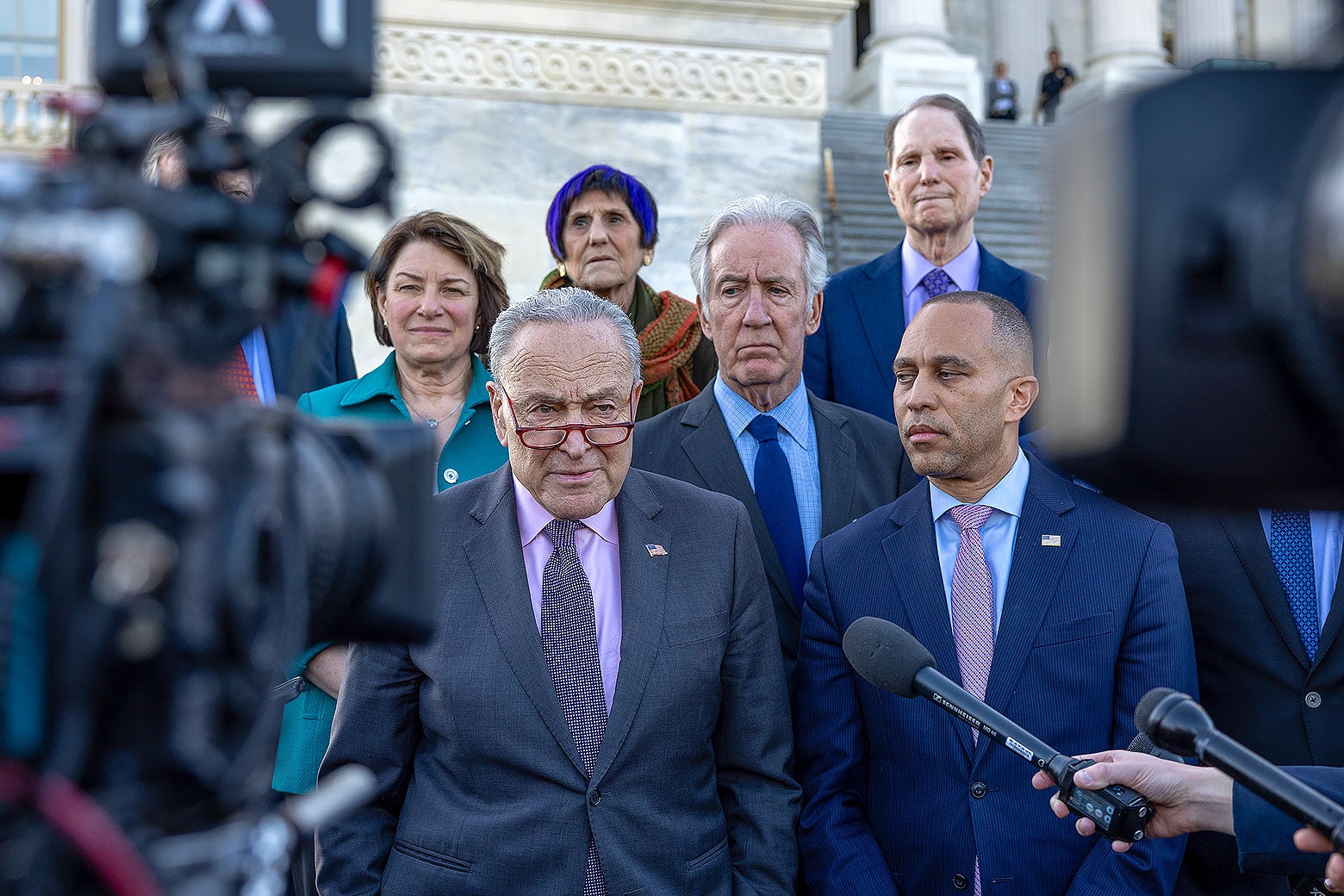
"The government went into shutdown late last night as Congress failed to pass a funding bill before the midnight deadline. What does this mean for you? Well, planes will soon start falling out of the sky, and all nuclear bombs will soon self-detonate. Sorry, confusing it with Y2K. It means that all non-essential government functions will cease operation until a funding bill is passed and signed into law."
"Now that we're here, how does a shutdown end? It hinges in part on a tedious but important political ritual known as the blame game: Which side's spin about how the other side "shut down the government" carries the day in public opinion. Once one side has been effectively tagged with responsibility, they'll scurry for a way out."
"The contours of this shutdown are similar to those in the past, but with a key twist: a role reversal between the two parties. Specifically, this time, it's Democrats who are trying to force a policy change by withholding support for keeping the government open. That has traditionally been a Republican tactic. But this time around, Democrats are under enormous pressure from their base to do put up a fight against an extreme and erratic administration."
The government entered a shutdown after Congress failed to pass a funding bill before the midnight deadline, halting all non-essential federal functions until a funding bill is enacted. Shutdown resolution depends heavily on public-perception battles over responsibility, with the side tagged as responsible seeking an exit. This shutdown features a role reversal: Democrats are withholding support to pressure policy changes, a tactic more commonly used by Republicans. Democratic pressure from their base underlies the strategy. The shutdown functions as a political experiment testing whether the public blames the party making demands or defaults to blaming Republicans based on historical precedents.
Read at Slate Magazine
Unable to calculate read time
Collection
[
|
...
]